Meet us @
India - Visakhapatnam
10-299, G.floor, Visalakshi nagar, Old dairyfarm, Visakhapatnam-530043.USA - Delaware
Choose VDS for reliable, high-quality, and efficient steel detailing services that drive your projects to success.
Meet us @
India - Visakhapatnam
10-299, G.floor, Visalakshi nagar, Old dairyfarm, Visakhapatnam-530043.USA - Delaware

Detailing with SDS/2 (Steel Detailing System 2) involves using specialized 3D modeling and detailing software designed for structural and miscellaneous steel, stairs, rails, and connections.

Detailing with Tekla Structures involves using a powerful Building Information Modeling (BIM) software developed by Trimble to create detailed, constructible 3D models for steel, concrete, and other materials.

Detailing with CAD (Computer-Aided Design) software for structural steel involves creating precise 2D drawings and, in some cases, 3D models to communicate design intent, fabrication details, and construction requirements.

Detailing with Revit involves using Autodesk’s Building Information Modeling (BIM) software to create detailed, information-rich 3D models and 2D drawings for structural and architectural components, including steel and miscellaneous elements.

3D modeling of steel structures involves creating detailed, digital representations of structural steel components (e.g., beams, columns, braces, connections) using specialized software. These models are used for design, analysis, detailing, fabrication, and construction, offering visualization, clash detection, and data integration with BIM workflows.

2D drafting produces flat, detailed representations of steel structures, including general arrangement (GA) drawings, shop drawings (for fabrication), and erection drawings. These drawings include precise dimensions, annotations, and symbols to guide fabrication and assembly.
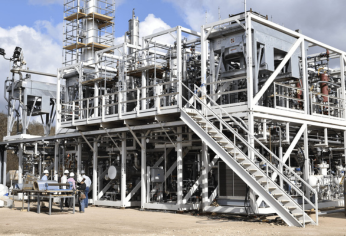
Industrial steel structures are large-scale frameworks designed to support heavy loads, equipment, and operations in facilities like factories, warehouses, power plants, refineries, and manufacturing plants. These structures rely on steel for its strength, durability, and versatility, and their design, detailing, and construction involve advanced techniques like 3D modeling and 2D drafting.
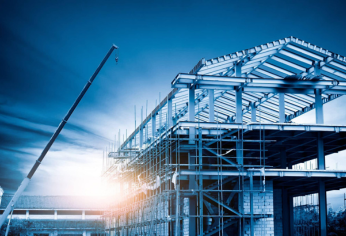
Commercial steel structures are frameworks designed for buildings such as offices, retail centres, hotels, schools, and multi-story complexes, where steel is used for its strength, versatility, and speed of construction.
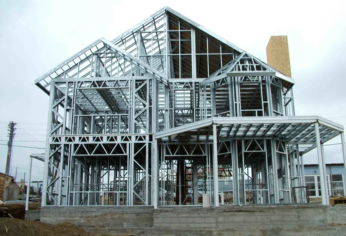
Residential steel structures are frameworks used in homes, apartments, and low-rise residential buildings, leveraging steel’s strength, durability, and versatility for structural integrity and design flexibility. Unlike industrial or commercial steel structures, residential applications often prioritize cost, aesthetics, and integration with architectural elements like walls, roofs, and finishes.
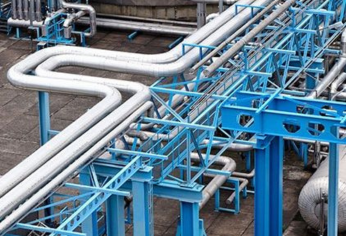
Irrigational pipeline steel structures are specialized frameworks designed to support and protect pipelines used in irrigation systems, such as those for agricultural fields, water distribution networks, or water management facilities. These structures typically include steel supports, frames, trusses, or pipe racks that elevate, stabilize, or anchor pipelines to ensure efficient water flow, structural integrity, and resistance to environmental conditions.

Infrastructure steel structures are robust frameworks used in large-scale public works projects such as bridges, tunnels, highways, airports, rail systems etc....
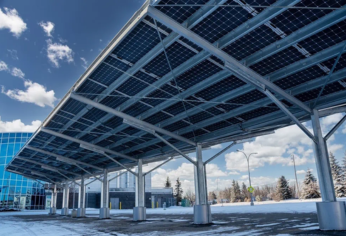
Energy steel structures are specialized frameworks designed to support equipment, facilities, and infrastructure in energy-related projects, such as power plants, oil and gas refineries, wind farms, solar installations, and hydroelectric facilities.
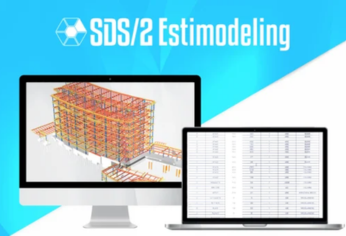
Steel and construction estimation for steel structures involves calculating the quantities, costs, and labour required for materials, fabrication, and erection, ensuring accurate bids and project planning. Estimodeling, or model-based estimating, enhances this process by using 3D models to generate precise material take-offs, cost estimates, and labour data, reducing errors and improving efficiency compared to traditional methods.
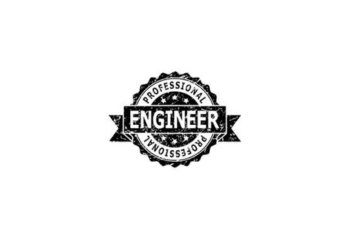
Engineering Services for Professional Engineers (PE) in the context of steel structures involve providing licensed, expert engineering support for design, analysis, detailing, and construction oversight to ensure structural integrity, safety, and compliance with codes and standards.